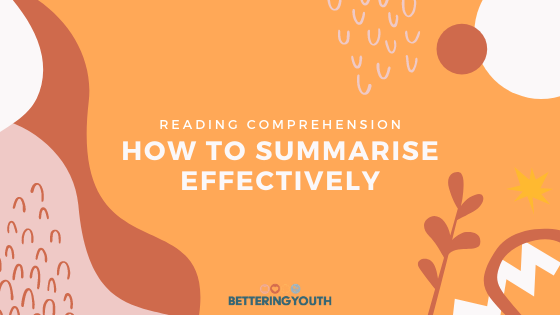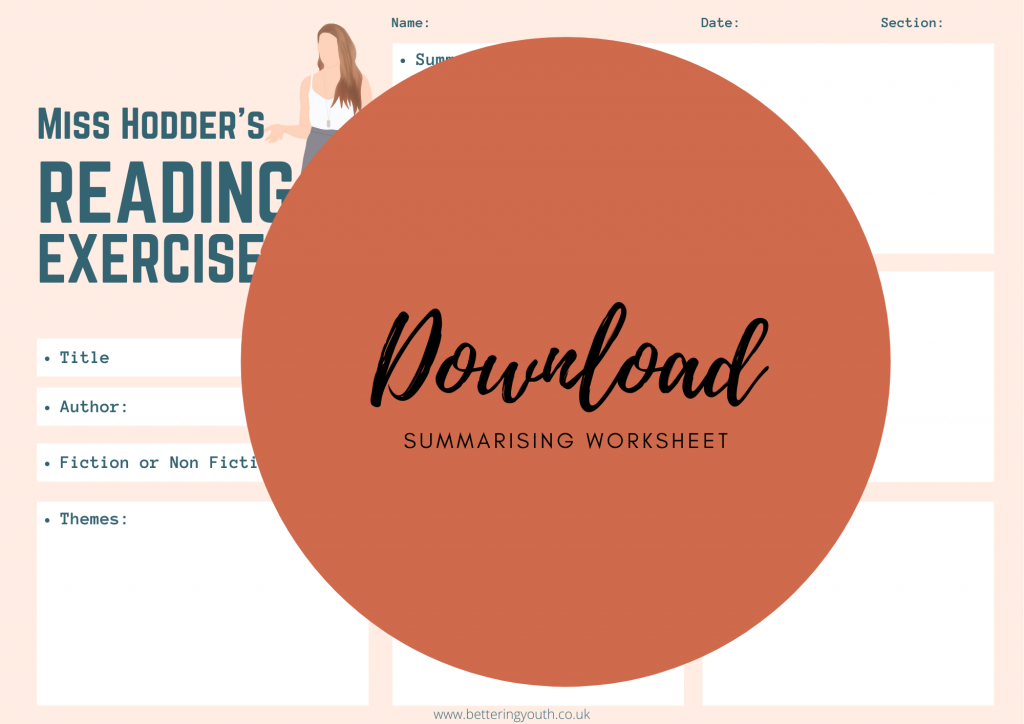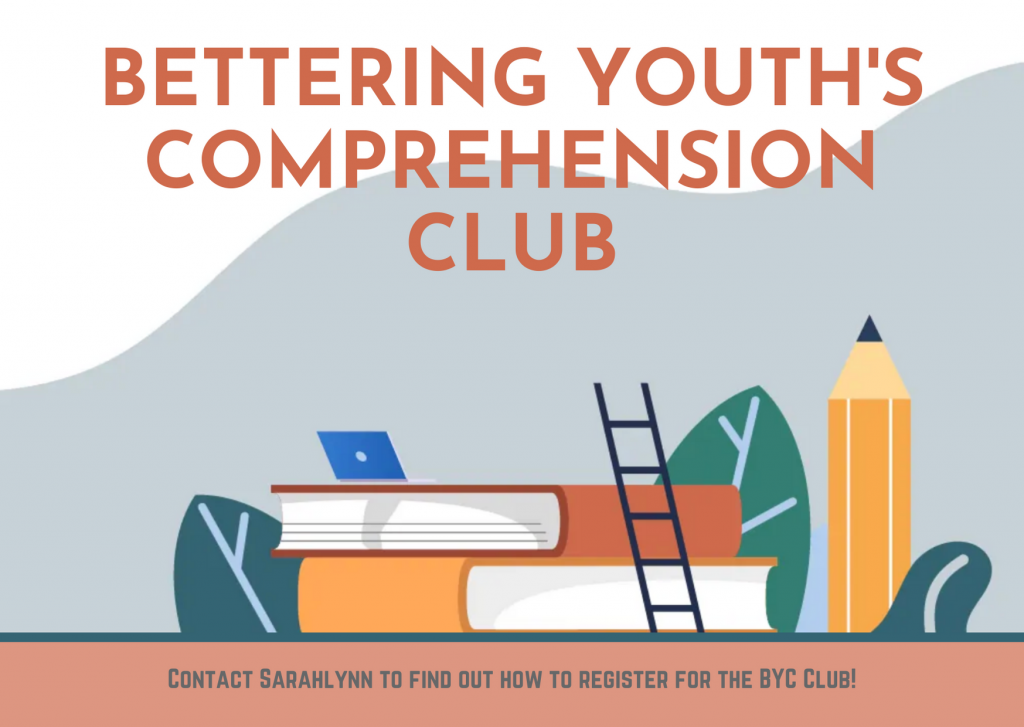Today we will learn to support readers with effectively summarising what they read.
This is post 5 of our Comprehension Mini Series. Be sure to check back on the other posts for more ideas, worksheets and suggestions to boost comprehension.
As a quick reminder, Comprehension is one’s ability to engage with, understand and interpret the input. In school, comprehension tends to be done in the form of “question and answer activities”. It can also be embedded within the Science Curriculum.
We’re providing some insight into each of the 7 foundational skills required to engage with and interpret a text:
- Making connections
- Making inferences
- Predicting
- Generating and asking questions
- Summarising
- Visualising
- Comprehension monitoring
This post is going to provide insight into assessing and boosting a reader’s ability to summarise events.

At the start of every one of our tuition sessions, we ask students a few crucial questions:
“How was your week?”
“Anything exciting or new happen?”
“What are you currently learning in English at school? How do you feel about this topic?”
Not only do these simple questions allow us to build a relationship with your child, it likewise can act as an unofficial assessment of their ability to summarise key events.
There are two ways students tend to get stuck with summarising:
- not including enough details.
- losing main ideas by getting caught up in a particular detail.
For instance, has your child ever tried to explain a text or a film to you and after five minutes you’re still hearing about the first detail?
This is common as students err on the side of ‘more is better’ in hopes of getting it ‘right’.
Therefore, the use of a structure to teach the comprehension strategy of summarising efficiently and effectively is encouraged.
Teaching Readers to Summarise What They Read
This is an excellent opportunity to discuss the fundamental elements of both non-fiction and fictional texts. This will give students a framework to work within.

Subsequently, after readers feel confident identifying these key features, the next step is to have them use and identify them independently.
Encouraging readers to trial a variety of text types is key here.
Following are some of our favourite non-fictional texts:
- Book of world records
- Sports magazines
- Biographies — see the biography of Uma Thurman
- Autobiographies
- BBC news kids
Understanding the Format of Fictional Texts
An effective teaching tool to teach readers how to summarise events of a fictional text is a story mountain.
Firstly, talk about the traditional structure a fictional story takes. The story mountain is an adapted version of the ‘Hero’s Journey’ template. Edward Burnett, an anthropologist who studied several classic folk tales, myths and stories, created The Hero’s Journey in 1871.

Once children are confident in the template, demonstrate this in action with films and shows they would recognise. Shows like Scooby-Doo, The Full House, and even Riverdale follow this format.
After that, demonstrate the format by using a picture book or common Myth. One of my favourite myths to work with when discussing the Story Mountain/Hero’s journey is Theseus and the Minotaur.
How to support readers with effectively summarising what they read
In short, we hope this blog has provided you with a structure and some foundational steps you can take to support your child with summarising key events. The main takeaway is to remember that summarising is a skill that can be taught within our daily lives.
We’re sure your child will begin to summarise key events more effectively with a bit of practise. As a result, you will enjoy improved stories shared by them!
Introducing Bettering Youth’s Comprehension Club!
Does your child struggle to read between the lines?
Are you listening to your child explain a past event and wondering what their point is?
Has your child expressed a dislike in Reading Comprehension?
If so, I encourage you to sign up for the BYC Club!
Bettering Youth’s Comprehension club is unlike any other. We will make comprehension come to life with relevant ways in which we use comprehension everyday!
We will observe literary media and video media to develop confidence with all foundation skills required to boost comprehension.
For more information, please fill out the form below. We will send you the live recording from the free trial we held on December 15th.
Comprehension Club
The Comprehension Club will start in earnest in January and spots are limited.

